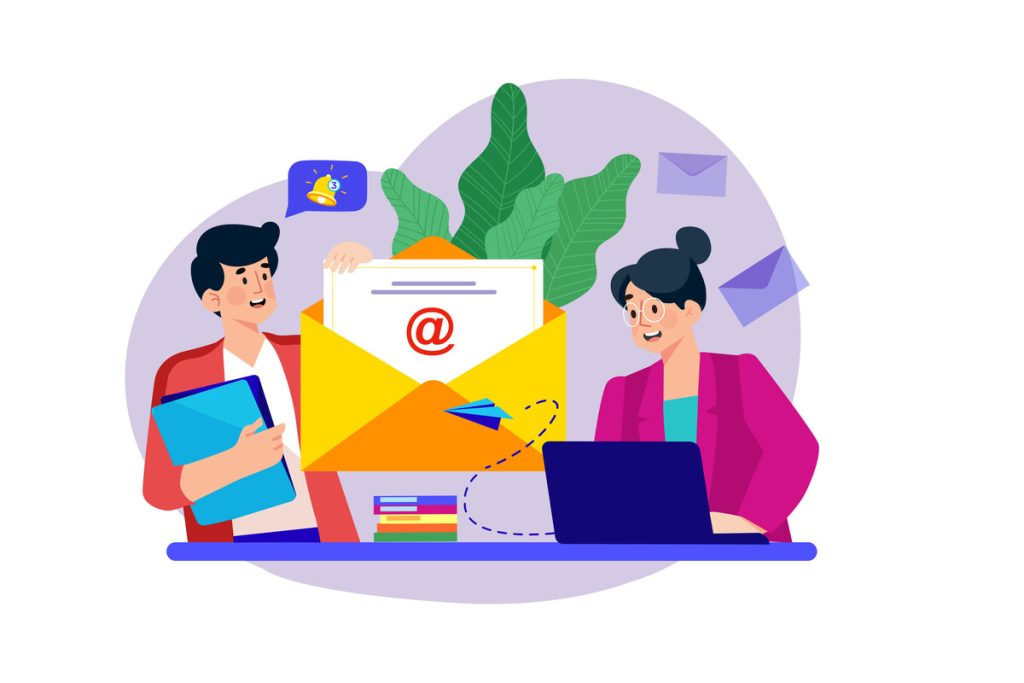Growing Revenue Through Existing Clients

Did you know that acquiring a new customer can cost up to 25 times more than retaining an existing one? Yet many B2B companies continue to prioritize new client acquisition over developing deeper relationships with their current client base. This approach overlooks one of the most significant opportunities for sustainable growth and increased profitability.
While many B2B companies focus primarily on new client acquisition, the most significant revenue growth opportunities often lie within existing client relationships. By implementing a systematic approach to client relationship development and creating personalized value-expansion strategies, businesses can significantly increase customer lifetime value while reducing overall marketing costs.
The Foundation: A Modern CRM System
Before diving into strategies and tactics, let’s address the elephant in the room: you can’t manage what you can’t measure. Effective client relationship management requires the right technological foundation. Many businesses struggle to grow their client relationships not because of poor strategy, but because they lack the proper systems to execute effectively.
💡 Key Insight: 94% of businesses see increased sales after implementing CRM software, with 1 in 3 reducing their sales cycle by up to two weeks.
The Essential Foundation: A Modern CRM
Every B2B company, regardless of size, needs a robust sales and marketing CRM to effectively manage and grow client relationships. This isn’t just about storing contact information – modern CRM platforms like HighLevel, HubSpot, and SharpSpring serve as the central nervous system of your client relationships. They enable systematic communication, tracking, and growth through powerful automation and analytics capabilities.
Each platform offers distinct advantages. HighLevel, for instance, excels in automation and lead management, making it particularly effective for businesses focused on systematic client growth. HubSpot offers a broader marketing ecosystem that can scale with your business, while SharpSpring provides strong agency-focused features. The key is choosing a platform that aligns with your business model and growth objectives.
Key CRM Capabilities to Look For:
- Automated relationship milestone tracking
- Engagement monitoring and scoring
- Communications personalization and automation
- Opportunity identification and tracking
- Performance analytics and reporting
Integration Considerations Your CRM should easily connect with your other essential business tools, such as:
- Accounting software for financial tracking
- Marketing platforms for campaign management
- Support systems for service delivery tracking
- Analytics tools for performance measurement
The right CRM implementation creates a single source of truth for client relationships, enabling your team to:
- Access complete client relationship histories
- Automate routine communications
- Track engagement metrics
- Identify growth opportunities
- Scale personalized interactions effectively
Practical Sales CRM Implementation Examples
Let’s look at five practical ways businesses are using tools like HighLevel to systematically grow revenue from existing clients:
Automated Service Review Program
The Goal: Proactively identify expansion opportunities and address concerns
The Implementation:
- Automated quarterly service review invitations
- Satisfaction surveys with scoring triggers
- Immediate alerts for low satisfaction scores
- Automated follow-up sequences based on feedback
- ROI report generation for review meetings
Client Milestone Celebration System
The Goal: Strengthen relationships through personalized recognition
The Implementation:
- Anniversary acknowledgment workflows
- Achievement celebration sequences
- Success story automation
- Custom video message delivery
Service Usage Monitoring
The Goal: Strengthen relationships through personalized recognition
The Implementation:
- Automated training offers
- Service expansion recommendations
- Usage-based nurture sequences
Strategic Communication Calendar
The Goal: Maintain consistent, valuable engagement
The Implementation:
- Industry news alerts
- Best practice sharing sequences
- Product update notifications
- Educational content delivery
- Event invitation workflows
Referral Generation Engine
The Goal: Systematically generate referrals from satisfied clients
The Implementation:
- Trigger referral requests after high satisfaction survey scores
- Send automatic thank-you messages for referrals
- Track which clients refer most frequently
Moving Forward
The path to sustainable growth lies in nurturing and expanding relationships with your existing client base. Start by:
- Evaluating your current technology stack
- Implementing a robust CRM if you haven’t already
- Mapping your current client journey
- Identifying immediate expansion opportunities
- Building a proactive value creation program
Remember, every interaction with an existing client is an opportunity to strengthen the relationship and uncover new growth possibilities. By implementing this strategic framework, you can transform your client relationships from transactional to transformational.
Ready to take action? Contact us to learn how we can help you implement these strategies and drive sustainable growth for your business.
About the Author
Mark Itzkovitz
Owner
Digital marketing agency founder with 18+ years experience. Former IT expert turned marketing strategist for MSPs and IT providers. Combines tech knowledge and marketing skills to deliver lead generation solutions for business owners.
